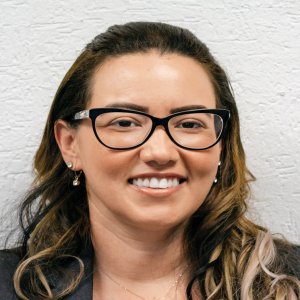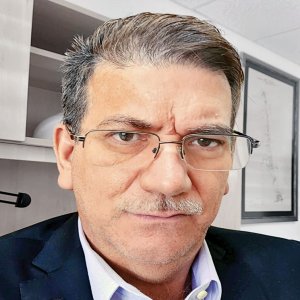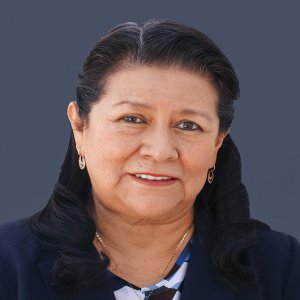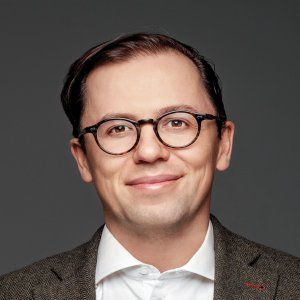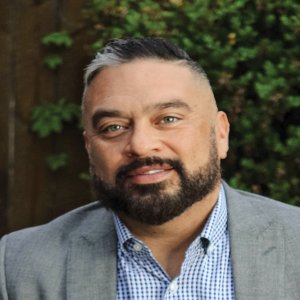
How To Choose Offshore Structures?
 By Pedro Alcalá | Senior Journalist & Industry Analyst -
Tue, 06/30/2020 - 09:25
By Pedro Alcalá | Senior Journalist & Industry Analyst -
Tue, 06/30/2020 - 09:25
In these times of tight budgets and tighter profit margins, offshore field development needs to be as optimized, efficient and sustainable as possible. Today, operators need to identify the specific needs of their exploration and production plans, scenarios and methodologies, so that the development process can be accelerated and first oil is reached quickly enough to make projects economically feasible.
Projects either generate or lose most of their entire life-cycle value during the planning stages. Bad choices made during these phases are extremely hard, if not impossible, to remediate during execution. One of these key choices is the selection of offshore platform structure. The spectrum of available choices can be excessively broad. However, certain prevailing characteristics of Mexico’s oil and gas landscape can help narrow down the list.
A recent study by Cayros Group analyzed the best offshore structure for shallow water greenfield project developments, using data gathered and processed by its C-Fields software solution. The study demonstrates that the best overall broader type of offshore structures for these circumstances (defining shallow water conditions as composed of a maximum water depth of 300m) tend to be fixed platforms and fixed production systems. These structures get their name from being fixed to the ocean floor with concrete or steel columns attached to massive concrete piles. Fixed platform structures are characterized by higher degrees of stability and loading capacity, which can support higher volumes of production and higher integration of ducts from a larger number of wells. These are all considered favorable conditions for the development of fields with reserves as high as those in the Campeche Basin fields. Fixed production systems also reduce maintenance costs and expenses created by the need for future well interventions.
Cayros Group based its study on an extensive economic and technical analysis. The results show that the Top 2 fixed platform structure designs are known as “light marine” and “octapod.” Light marine structures are supported by four columns, have a loading capacity between 500 and 1,000 tons, and are the best choice for the development of fields that involve production from one or two wells. Octapods are supported, as their name indicates, by eight columns, may have two to three separate decks, a loading capacity of 2,500 to 4,000 tons and are ideal for the development of fields involving production from three or more wells.
C-Fields© is a planning tool with different modules that allow the design, evaluation and optimization of different field development scenarios. This technology allows the integration of information from different disciplines to optimize the process of making timely strategic decisions and reduce the time required for the comprehensive and interactive evaluation of field development plans, as well as their respective documentation.
Cayros Group is an independent firm specialized in services and technical support for the oil and gas exploration and production industry. It focuses on field development planning and optimization, exploration and reservoir characterization.
